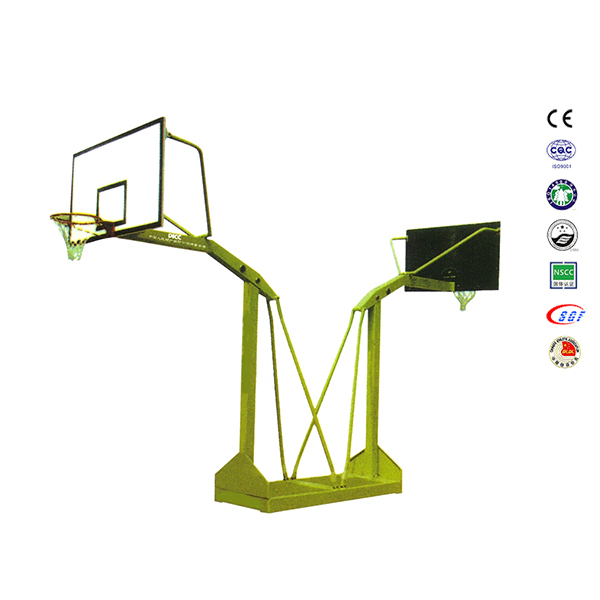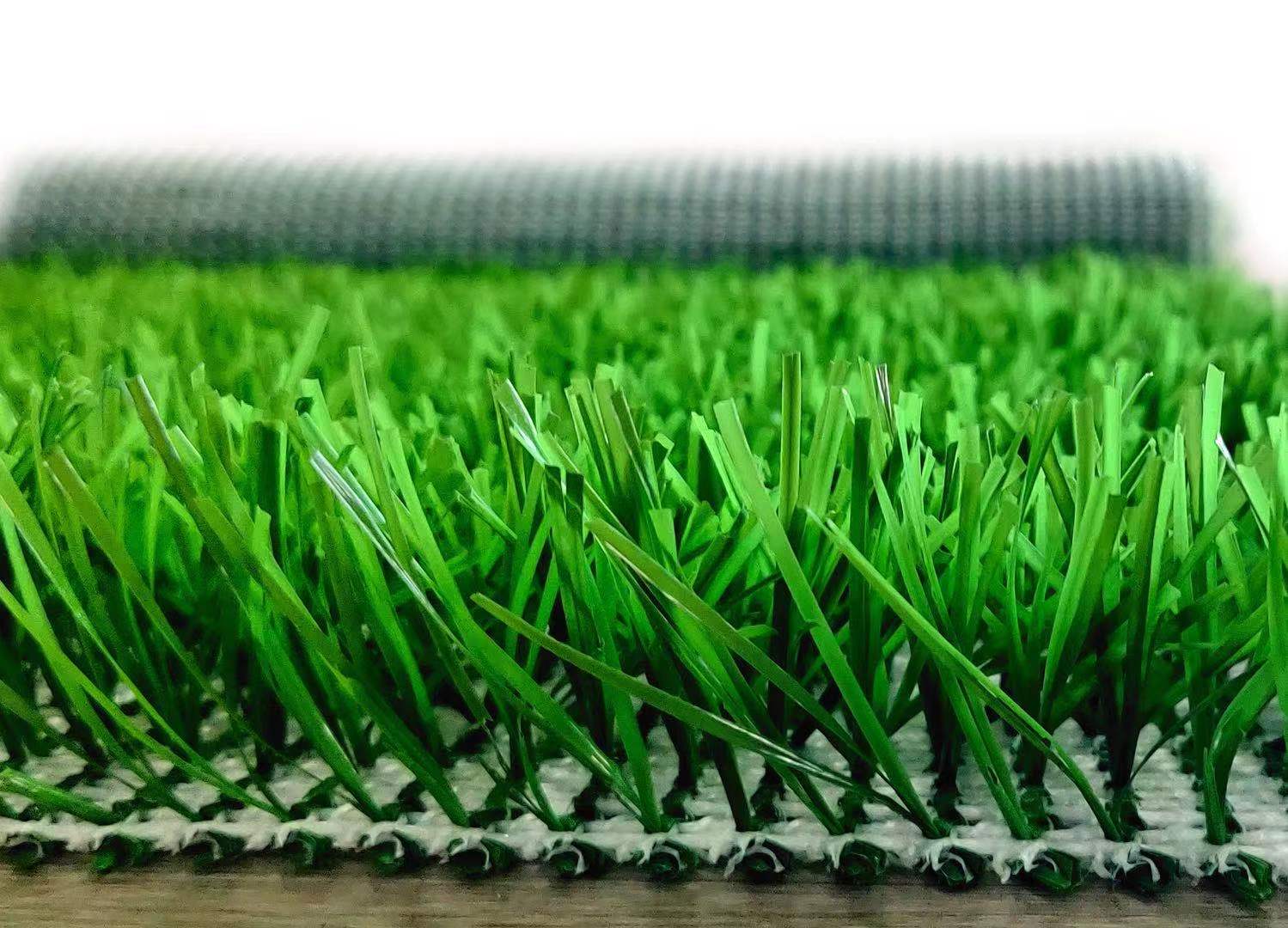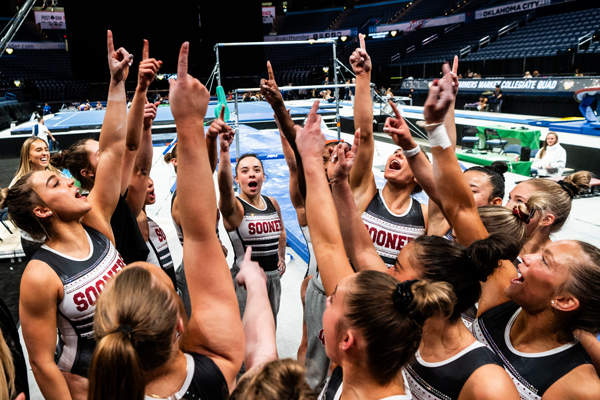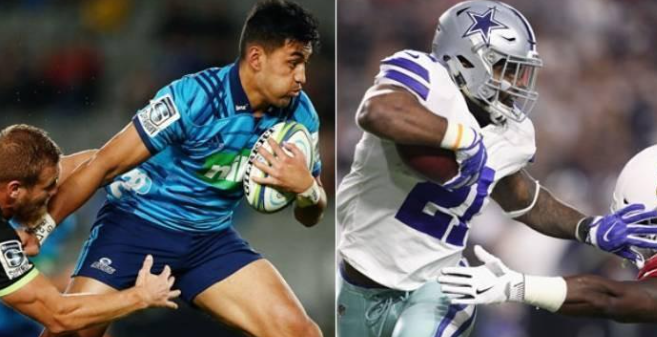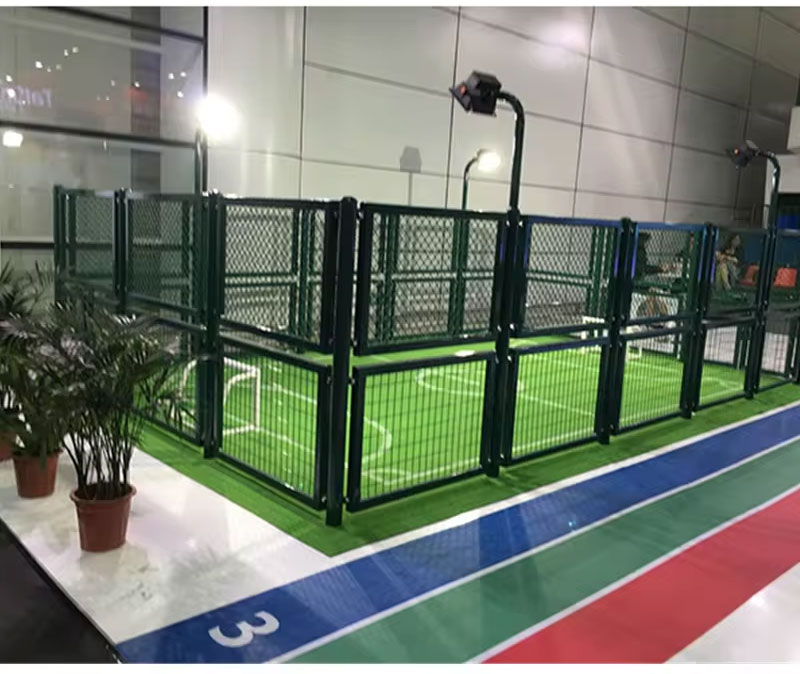Product
Is a soccer field bigger than a football field
Basic Info
The same size.
1. The football field used in the World Cup is 7,000 square meters. The length and width of a football field are generally not fixed, and there is a range of activities, which is about this area. The standard field for international competitions should be 90-110 meters long and 45-90 meters wide.2. The English rugby field is 100 meters long and 70 meters wide, almost twice the area of a touch rugby field. There are also many auxiliary lines on the field, and the touchdown area (the scoring area behind the baseline) has an H-shaped goal.
The area of Football field and rugby field is similar. The rugby field is a rectangular grass field with a length of 100 meters and a width of 70 meters. The two long sides of the field are the sidelines, and the two short sides are the touchdown lines. Behind the touchdown line is a touchdown area with a depth of 10-22 meters, and the bottom line of this area is the deadball line. There is a goal in the center of the touchdown line, and the goalposts are 5.6 meters apart and connected by a horizontal bar at a height of 3 meters. A center line is drawn in the center of the field parallel to the touchdown lines at both ends. There is a dotted line on each side 10 meters away from the center line, a dotted line is also drawn 5 meters away from the touchdown line, and a solid line is drawn 22 meters away from the touchdown line. Sometimes the number "22" is marked for easy identification. A dotted line is drawn 5 meters away from the sidelines on both sides, and several short solid lines are drawn 15 meters away from the sidelines. The playing field of football must be rectangular, 90-120 meters long and 45-90 meters wide. The goal is 2.44 meters high and 7.32 meters wide. The football is made of leather or other suitable materials, and the circumference is not longer than 70 cm and not shorter than 68 cm.
Rugby is the third largest team ball sport in the world. The Rugby World Cup will start on September 20, and there will be many exciting games this fall. But if you want to enjoy the fun of watching the game, you must first understand the rules. This ten-minute video is to help you understand the rugby game and better welcome the arrival of the World Cup.
Rugby dress is very simple. You only need a set of sportswear, a pair of spikes and braces to protect your teeth, and you can go on the field. As the name suggests, the ball is oval and looks like an olive pit. The rugby we are talking about is from the UK and has nothing to do with Tom Brady's American football.
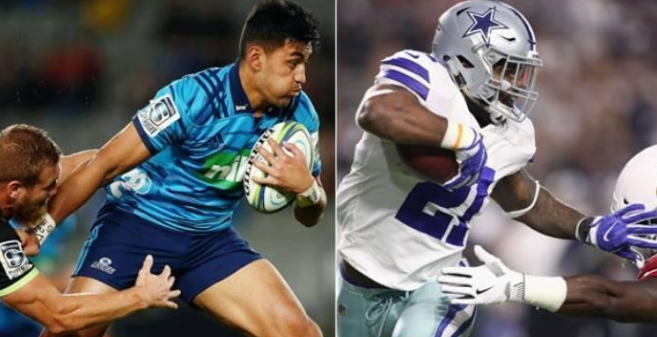
English rugby (left) and American rugby (right)
To be more complicated, there are two types of rugby: union rugby, which is played by 7 and 15 players, and league rugby, which is played by 13 players. The former is more popular and is an Olympic event. It also has the second largest single-sport World Cup in the world.Pitch and players
A rugby field is about the same size as a soccer field, but the lines are drawn very differently. First is the center line. The game restarts from here at the beginning of the half and after a goal is scored. There are two dotted lines ten meters on either side of the center line. When the ball is kicked off, the ball must be kicked over the ten-meter line. Next are the two 22-meter lines, which mark the areas that need to be defended. At both ends of the field are the goal lines. The goal lines and the area behind them are where touchdowns are scored. On the goal lines, there are H-shaped goals - two goal posts and a crossbar. Kicking the ball between the goal posts and over the crossbar also scores. Finally, there are two end lines. In addition to the sidelines, there are five-meter lines and fifteen-meter lines on both sides of the field. Players participating in the lineout must stand between the two lines. In adult matches, the first and second halves are 40 minutes each, with a 5 to 15 minute halftime break.Each team has 15 players. Among them, there are 8 forwards, number 1 to 8. They usually participate in the scrum and lineout, doing some "heavy work". There are also 7 backs, including number 10 to 14 who have better speed and passing ability, and number 9 who is mainly responsible for passing and connecting the front and back forwards. There is also a number 15 who is lagging behind.
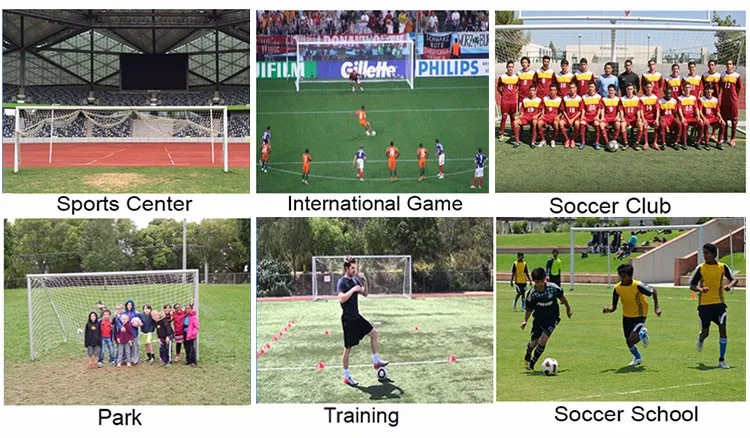
Passing and scoring
Playing ball usually uses hands and feet. You can run with the ball, but rugby is a team sport. In order to score, your teammates will call you to pass the ball to them. At this time, the ball must be shot parallel or backward. Most people will choose to pass the ball with both hands in front of the waist, which has a higher success rate. If you want to kick the ball, then congratulations, the ball can fly forward, so you can win the territory, but the ball may belong to the opponent. This is the New Zealand youth team. They passed the ball continuously from the left to the right, thus gaining an open space.There are many ways to score. The coolest and most effective one is a touchdown, also called a try. You can score five points by simply dropping the ball on the ground in or behind the opposing goal line. You also get a chance to shoot at any point behind the touchdown spot. If you make a goal, you get two more points, for a total of seven points. That's why players try to score just below the goalposts, making it easier to shoot. If the opponent commits a foul, you get a penalty kick, and you can also choose to shoot directly at the goal. If you shoot, you get three points. In the game, you can also score points by dropping the ball - throwing the ball to the ground and kicking it at the moment it bounces back, which can also score three points. The white team is England, who passed the ball and the last winger successfully carried the ball into the goal area and touched down. Here, New Zealand got a penalty kick and the number 10 scored a goal. Drop kicks are relatively rare, but sometimes they can help a team score three very important points.

Scrimmage, lineouts and tackles
If the ball is passed forward, the ball rolls forward, or other minor mistakes occur, the referee will call a scrimmage and restart the game. At this point, the forwards of both teams will gather together, as shown in the picture, and stand in a specific formation to hook each other. The number 9 of the non-faulting team will throw the ball into the channel between the two teams. The forwards of both teams push each other and try to hook the ball back to their own side with their feet. Please note that the scrimmage cannot use hands to kick the ball. When the ball comes out from behind the scrimmage, the number 9 will pass the ball to the waiting back forward to start the attack. This is a scrimmage in place, and England puts a lot of pressure on New Zealand.The rugby field is not infinitely wide. If used well, the sideline can be a good partner for both offense and defense. When the ball is kicked out of touch, or the body of the ball carrier touches the sideline, the game will be suspended and the opponent will serve a lineout. The forwards of both teams stand in two lines, one meter apart, and the ball is thrown between them. Each player can jump or lift a teammate to compete for the ball. Whether the ball is caught or returned to a teammate, the game will resume normally. The throwing team can communicate with each other to determine the height and position of the throw to gain a certain advantage, but it cannot be biased towards their own side. Both teams have a chance to win the ball, for example, the white team "stole" the ball from the black team.
Physical confrontation is an important part of rugby. You can block the opponent's ball carrier by tackling. You can only use your arms, shoulders and body to tackle. You can only touch the opponent's body below the shoulder, and you cannot kick, trip or hit, otherwise you will be sent off. Generally speaking, hugging the opponent's legs is the most effective and safest way to tackle. Several players on the black team had too high a center of gravity, and finally they worked together to tackle the white team players.

Maul and Rack
Maul and Rack are also the two most common scenarios. Let's talk about Maul first. After the ball carrier was defended, he did not fall to the ground, but was pinched by the players from both sides who came to support. At this time, Maul is formed. The ball carrier has to find a way to pass the ball from behind. If he fails to pass the ball successfully, the referee will call a scrimmage, and the opponent will get the right to throw the ball. The two players of the white team hugged the ball carrier tightly, and there was no tackling, and he could not pass the ball, so the white team got the right to throw the ball to scrimmage. Let's talk about Rack. When the ball holder is tackled and falls to the ground, the opponent who tackled him must let go immediately, and the ball holder must also let go of the ball immediately for other players to fight for. If the attacking team has a player to support and try to push the opponent back above the ball to prevent the opponent from getting the ball, a point is formed. At this time, all players can join from the back of their own team, push each other and try to get the ball. Here, the green ball holder is tackled and falls to the ground. A white defensive player wants to grab the ball, but is "cleared" out by the two green players who rushed over, and the green team can continue to attack.Pay special attention to not being offside. In the game, in the case of Maul and Lak, the position of the ball is an invisible offside line, and both sides must join the fight from the back. No player can deliberately stand in front of the ball, which is the so-called opponent's side, otherwise it is offside and will be penalized.
Conclusion
As a gentleman's sport, rugby players must always respect their opponents and referees, and never question the referee's decision in person. After the game, both sides will applaud each other. Opponents on the field fight to the death, and they are good friends off the field.I hope this video can help you better appreciate rugby games. This World Cup will provide us with a lot of high-quality games. If you are interested, you can also participate. China's rugby industry is still in its infancy and needs everyone's participation. Whether adults or children, they can find a suitable organization to learn rugby and exercise their bodies and will。
More LDK football product recommendations:
Football Cage
Futsal Goals
Metal Football Goal
Aluminum Football Goal
Foldable Football Goal
Portable Football Goal
Mini Football Goal
LDK sports equipment manufacturer's promotion is in progress: Click to contact us now






